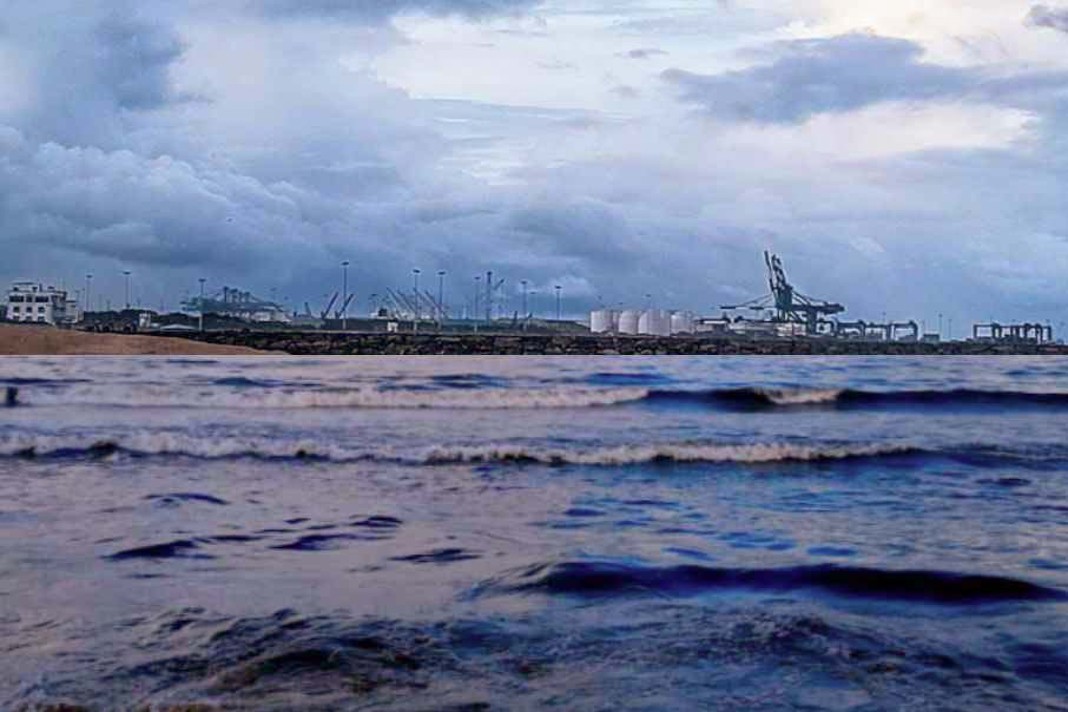- Persistent attacks on commercial vessels in the Red Sea diverting shipping routes to alternative paths around the Cape of Good Hope are increasing freight rates, leading to a surge in short-term profitability for global shipping companies, reports Fitch Ratings.
- Despite disruptions beyond initial expectations, with container movement time on the Asia–Europe route increasing by about 50%, the sector is not anticipated to experience structural shifts.
- While container rates have risen significantly, operating cost inflation, higher port charges, and environmental regulation compliance costs are expected to support freight rates in the medium and longer term.
Persistent attacks on commercial vessels in the Red Sea have led to significant changes in shipping routes, impacting global shipping companies. The rerouting of nearly half of all cargo ships and tankers away from the Suez Canal to alternative paths around the Cape of Good Hope is resulting in increased freight rates, providing a short-term boost to the profitability of shipping firms, according to Fitch Ratings.
Freight Rate Surge and Route Diversions
The attacks on commercial ships in the Bab-el-Mandeb Strait have prompted approximately 50% of cargo ships and tankers to seek alternative routes, contributing to a surge in container freight rates. The World Container Index has witnessed a 151% increase since early October 2023, with Asia–Europe routes experiencing a substantial 284% rise. Other main East–West lanes have seen rates more than double, underscoring the significant impact of the disruptions on global shipping dynamics.
Impact on Transit Time and Capacity Absorption
Despite initial expectations that disruptions in the Red Sea would subside, the situation persists, and re-routing around Africa has led to a roughly 50% increase in transit time for container movement on the Asia–Europe route. This prolonged transit time is absorbing capacity in the container shipping sector. While operators can partially offset longer routes by increasing vessel sailing speed, low excess capacity limits the effectiveness of such measures. Scheduled deliveries of new ships in 2024 are anticipated to restore overcapacity, providing some relief.
No Structural Shift, but Sustained Freight Rate Impact
Fitch Ratings does not foresee a structural shift in the shipping sector due to the Red Sea disruptions. However, the prolonged impact on freight rates is expected to be sustained, as operating cost inflation, higher port charges, and the rising costs of environmental regulation compliance are projected to support freight rates in the medium and longer term. The disruptions, while significant, are differentiated from those experienced in 2021–2022, which were linked to broader supply-chain issues.
Outlook and Long-Term Considerations
While current container rate hikes surpass the additional costs of re-routing, offering temporary relief for container shipping companies, the sector remains vulnerable to global trade route chokepoints. The reliability of shipping schedules and visibility of shipping costs could be undermined by such disruptions. Industry leaders, including Maersk and Hapag-Lloyd, are seeking to enhance reliability through initiatives like the Gemini Cooperation, aiming to streamline port calls and implement a hub-and-spoke model for efficient servicing of smaller ports, thereby increasing overall reliability.






















It seems like you’re repeating a set of comments that you might have come across on various websites or social media platforms. These comments typically include praise for the content, requests for improvement, and expressions of gratitude. Is there anything specific you’d like to discuss or inquire about regarding these comments? Feel free to let me know how I can assist you further!